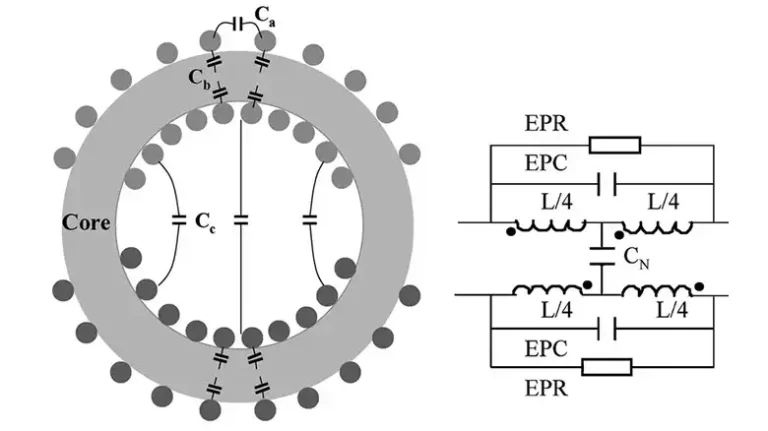Can I Use 10k Resistor Instead Of 1k? | 5 Reasons Explained
Swapping a 10k resistor for a 1k resistor wouldn’t be a seamless substitution in most cases.Replacing a 10k resistor with a 1k resistor in an electronic circuit alters current flow, voltage division, and overall functionality. This change can lead to erratic behavior, potential damage to components, and deviations from the circuit’s original design.
So the answer is ‘No’. Now why is it so needs a bit of explanation as this article suggests.

Can A 10k Resistor Be Replaced With A 1k Resistor?
If you’re considering substituting a 10k resistor for a 1k resistor, it’s essential to understand the implications and potential effects of this change in an electronic circuit. Resistors play a critical role in controlling the flow of electrical current within a circuit. Their values dictate the amount of resistance offered to the current passing through them.
Firstly, a 10k resistor has a higher resistance compared to a 1k resistor. Substituting a 10k resistor for a 1k resistor will significantly alter the behavior of the circuit. Here are some points to consider:
1. Resistance Value
A 10k resistor will restrict the flow of current more than a 1k resistor. This means that if you replace a 1k resistor with a 10k resistor, the current passing through the circuit will reduce significantly.
2. Voltage Division
In a voltage divider circuit, changing the resistor value alters the voltage output. Using a 10k resistor instead of a 1k resistor will change the output voltage across the resistor in such a circuit.
3. Circuit Performance
The original circuit might have been designed with specific resistance values for desired performance, like current limits, voltage drops, or signal levels. Changing these values can affect the overall functionality of the circuit.
4. Load on Components
Components connected in the circuit, like transistors, ICs, or LEDs, might have been chosen based on the expected current flow. Altering the resistance could impact these components, potentially damaging them or causing erratic behavior.
5. Signal Filtering and Timing
Resistors in certain circuits, like RC (resistor-capacitor) circuits, determine the time constants for charging and discharging. Changing resistor values can significantly impact these timing aspects.
In some cases, a higher resistance can be used as a placeholder for troubleshooting or testing purposes, but for normal operations, it’s crucial to use the recommended resistor values as specified in the circuit design.
What Will Happen if We Do It?
Substituting a 10k resistor for a 1k resistor will modify the flow of current through the circuit. This alteration can lead to reduced current flow, different voltage drops, and potential overloading or underloading of connected components. Such changes could cause erratic behavior or even damage the circuit or its components.
So if you don’t want to change the behavior of your circuit, don’t replace the 10k resistor with a 1k resistor. But if the changing behavior of the circuit meets your expectations, you can do the replacement.
Frequently Asked Questions
Q: Can A 10k Resistor Be Used Temporarily In Place Of A 1k Resistor?
A: In troubleshooting or testing scenarios, a 10k resistor might serve as a temporary substitute. However, for regular operation, it’s crucial to use the specified resistor value.
Q: Are There Any Situations Where Substitution Might Be Acceptable?
A: In certain low-stakes circuits, like educational demonstrations or non-critical experiments, experimenting with resistor substitutions might be permissible. Nonetheless, it’s essential to understand the potential impacts.
Parting Words
Altering a 1k resistor with a 10k one significantly changes a circuit’s behavior due to the vast difference in resistance values. This shift affects current flow, voltage distribution, and overall performance, potentially damaging components or disrupting timing.


![[Explained] Can Resistors Change Value Over Time?](https://www.electronicstalk.org/wp-content/uploads/2023/08/Can-Resistors-Change-Value-Over-Time-768x431.webp)



![[Answered] Do Carbon Resistors Go Bad?](https://www.electronicstalk.org/wp-content/uploads/2023/09/Do-Carbon-Resistors-Go-Bad-768x431.webp)